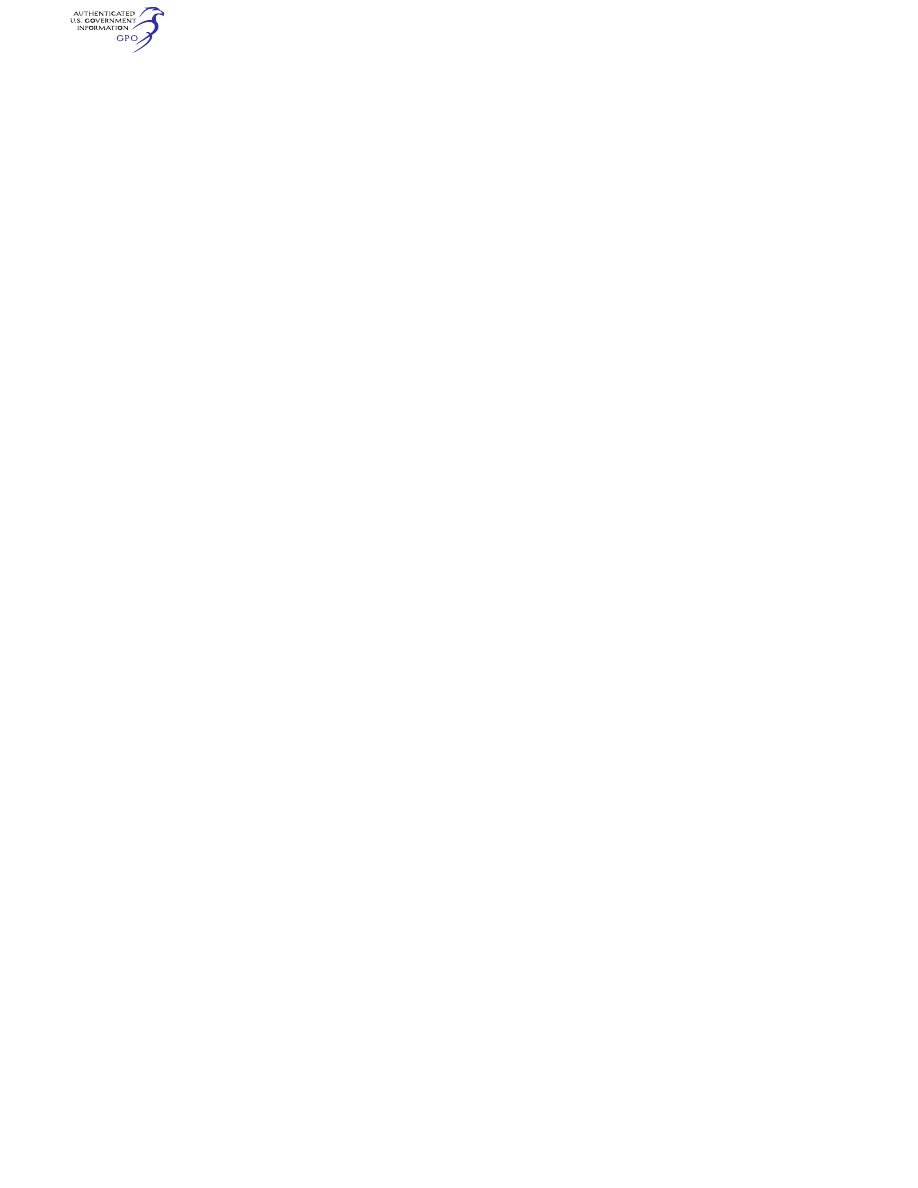
481
Federal Aviation Administration, DOT
§ 61.31
(1) By letter to the Department of
Transportation, FAA, Airmen Certifi-
cation Branch, P.O. Box 25082, Okla-
homa City, OK 73125, and must be ac-
companied by a check or money order
for the appropriate fee payable to the
FAA; or
(2) In any other manner and form ap-
proved by the Administrator and must
be accompanied by acceptable form of
payment for the appropriate fee.
(d) The letter requesting replacement
of a lost or destroyed airman certifi-
cate, medical certificate, or knowledge
test report must state:
(1) The name of the person;
(2) The permanent mailing address
(including ZIP code), or if the perma-
nent mailing address includes a post of-
fice box number, then the person’s cur-
rent residential address;
(3) The certificate holder’s date and
place of birth; and
(4) Any information regarding the—
(i) Grade, number, and date of
issuance of the airman certificate and
ratings, if appropriate;
(ii) Class of medical certificate, the
place and date of the medical exam,
name of the Airman Medical Examiner
(AME), and the circumstances con-
cerning the loss of the original medical
certificate, as appropriate; and
(iii) Date the knowledge test was
taken, if appropriate.
(e) A person who has lost an airman
certificate, medical certificate, or
knowledge test report may obtain, in a
form or manner approved by the Ad-
ministrator, a document conveying
temporary authority to exercise cer-
tificate privileges from the FAA
Aeromedical Certification Branch or
the Airman Certification Branch, as
appropriate, and the:
(1) Document may be carried as an
airman certificate, medical certificate,
or knowledge test report, as appro-
priate, for up to 60 days pending the
person’s receipt of a duplicate under
paragraph (a), (b), or (c) of this section,
unless the person has been notified
that the certificate has been suspended
or revoked.
(2) Request for such a document must
include the date on which a duplicate
certificate or knowledge test report
was previously requested.
[Doc. No. 25910, 62 FR 16298, Apr. 4, 1997;
Amdt. 61–103, 62 FR 40896, July 30, 1997;
Amdt. 61–121, 73 FR 43065, July 24, 2008;
Amdt. 61–124, 74 FR 42548, Aug. 21, 2009;
Amdt. 61–131, 78 FR 56828, Sept. 16, 2013]
§ 61.31
Type rating requirements, addi-
tional training, and authorization
requirements.
(a)
Type ratings required. A person
who acts as a pilot in command of any
of the following aircraft must hold a
type rating for that aircraft:
(1) Large aircraft (except lighter-
than-air).
(2) Turbojet-powered airplanes.
(3) Other aircraft specified by the Ad-
ministrator through aircraft type cer-
tificate procedures.
(b)
Authorization in lieu of a type rat-
ing. A person may be authorized to op-
erate without a type rating for up to 60
days an aircraft requiring a type rat-
ing, provided—
(1) The Administrator has authorized
the flight or series of flights;
(2) The Administrator has deter-
mined that an equivalent level of safe-
ty can be achieved through the oper-
ating limitations on the authorization;
(3) The person shows that compliance
with paragraph (a) of this section is
impracticable for the flight or series of
flights; and
(4) The flight—
(i) Involves only a ferry flight, train-
ing flight, test flight, or practical test
for a pilot certificate or rating;
(ii) Is within the United States;
(iii) Does not involve operations for
compensation or hire unless the com-
pensation or hire involves payment for
the use of the aircraft for training or
taking a practical test; and
(iv) Involves only the carriage of
flight crewmembers considered essen-
tial for the flight.
(5) If the flight or series of flights
cannot be accomplished within the
time limit of the authorization, the
Administrator may authorize an addi-
tional period of up to 60 days to accom-
plish the flight or series of flights.
(c)
Aircraft category, class, and type
ratings: Limitations on the carriage of
persons, or operating for compensation or
hire. Unless a person holds a category,
VerDate Sep<11>2014
14:00 Mar 14, 2024
Jkt 262047
PO 00000
Frm 00491
Fmt 8010
Sfmt 8002
Q:\14\14V2.TXT
PC31
aworley on LAPBH6H6L3 with DISTILLER
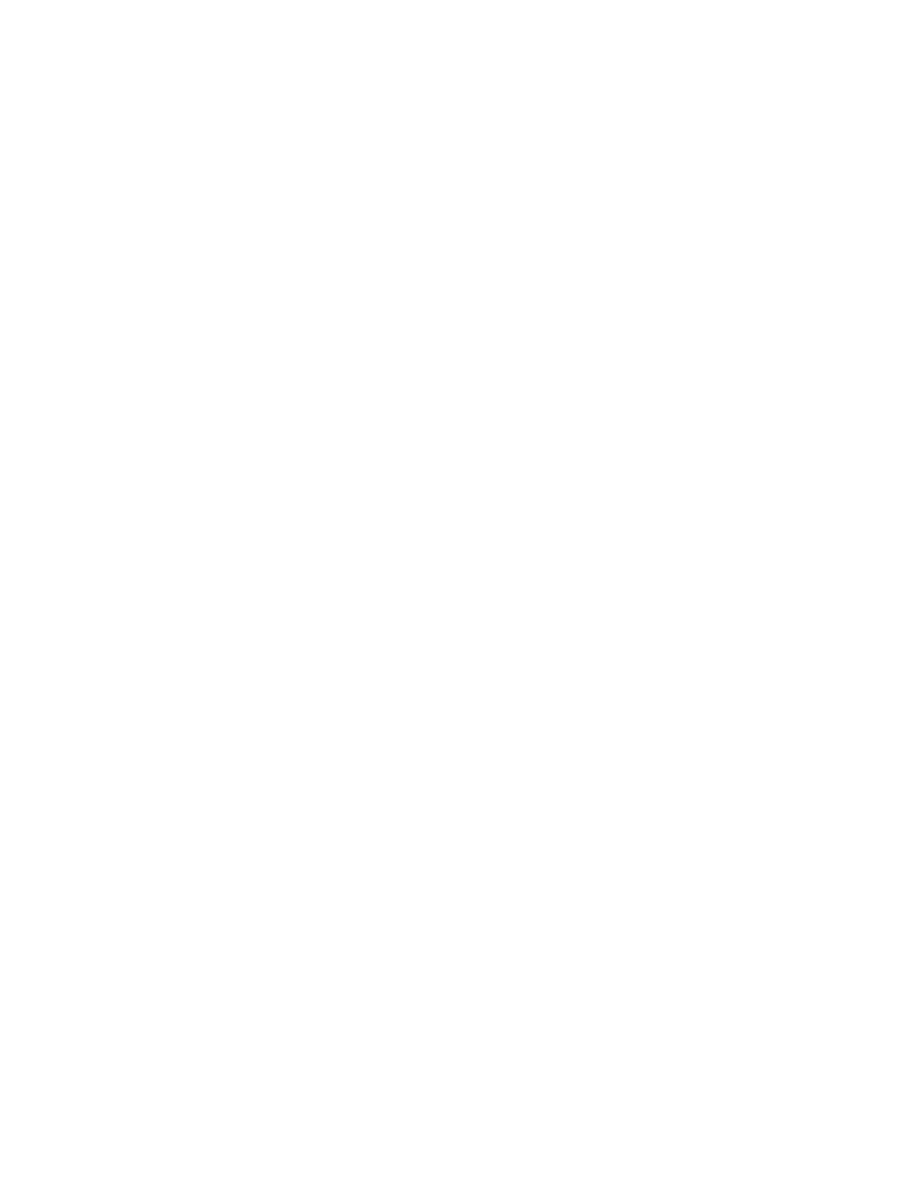
482
14 CFR Ch. I (1–1–24 Edition)
§ 61.31
class, and type rating (if a class and
type rating is required) that applies to
the aircraft, that person may not act
as pilot in command of an aircraft that
is carrying another person, or is oper-
ated for compensation or hire. That
person also may not act as pilot in
command of that aircraft for com-
pensation or hire.
(d)
Aircraft category, class, and type
ratings: Limitations on operating an air-
craft as the pilot in command. To serve
as the pilot in command of an aircraft,
a person must—
(1) Hold the appropriate category,
class, and type rating (if a class or type
rating is required) for the aircraft to be
flown; or
(2) Have received training required by
this part that is appropriate to the
pilot certification level, aircraft cat-
egory, class, and type rating (if a class
or type rating is required) for the air-
craft to be flown, and have received an
endorsement for solo flight in that air-
craft from an authorized instructor.
(e)
Additional training required for op-
erating complex airplanes. (1) Except as
provided in paragraph (e)(2) of this sec-
tion, no person may act as pilot in
command of a complex airplane, unless
the person has—
(i) Received and logged ground and
flight training from an authorized in-
structor in a complex airplane, or in a
full flight simulator or flight training
device that is representative of a com-
plex airplane, and has been found pro-
ficient in the operation and systems of
the airplane; and
(ii) Received a one-time endorsement
in the pilot’s logbook from an author-
ized instructor who certifies the person
is proficient to operate a complex air-
plane.
(2) The training and endorsement re-
quired by paragraph (e)(1) of this sec-
tion is not required if—
(i) The person has logged flight time
as pilot in command of a complex air-
plane, or in a full flight simulator or
flight training device that is represent-
ative of a complex airplane prior to Au-
gust 4, 1997; or
(ii) The person has received ground
and flight training under an approved
training program and has satisfactorily
completed a competency check under
§ 135.293 of this chapter in a complex
airplane, or in a full flight simulator or
flight training device that is represent-
ative of a complex airplane which must
be documented in the pilot’s logbook or
training record.
(f)
Additional training required for op-
erating high-performance airplanes. (1)
Except as provided in paragraph (f)(2)
of this section, no person may act as
pilot in command of a high-perform-
ance airplane (an airplane with an en-
gine of more than 200 horsepower), un-
less the person has—
(i) Received and logged ground and
flight training from an authorized in-
structor in a high-performance air-
plane, or in a full flight simulator or
flight training device that is represent-
ative of a high-performance airplane,
and has been found proficient in the op-
eration and systems of the airplane;
and
(ii) Received a one-time endorsement
in the pilot’s logbook from an author-
ized instructor who certifies the person
is proficient to operate a high-perform-
ance airplane.
(2) The training and endorsement re-
quired by paragraph (f)(1) of this sec-
tion is not required if—
(i) The person has logged flight time
as pilot in command of a high-perform-
ance airplane, or in a full flight simu-
lator or flight training device that is
representative of a high-performance
airplane prior to August 4, 1997; or
(ii) The person has received ground
and flight training under an approved
training program and has satisfactorily
completed a competency check under
§ 135.293 of this chapter in a high per-
formance airplane, or in a full flight
simulator or flight training device that
is representative of a high performance
airplane which must be documented in
the pilot’s logbook or training record.
(g)
Additional training required for op-
erating pressurized aircraft capable of op-
erating at high altitudes. (1) Except as
provided in paragraph (g)(3) of this sec-
tion, no person may act as pilot in
command of a pressurized aircraft (an
aircraft that has a service ceiling or
maximum operating altitude, which-
ever is lower, above 25,000 feet MSL),
unless that person has received and
logged ground training from an author-
ized instructor and obtained an en-
dorsement in the person’s logbook or
VerDate Sep<11>2014
14:00 Mar 14, 2024
Jkt 262047
PO 00000
Frm 00492
Fmt 8010
Sfmt 8002
Q:\14\14V2.TXT
PC31
aworley on LAPBH6H6L3 with DISTILLER
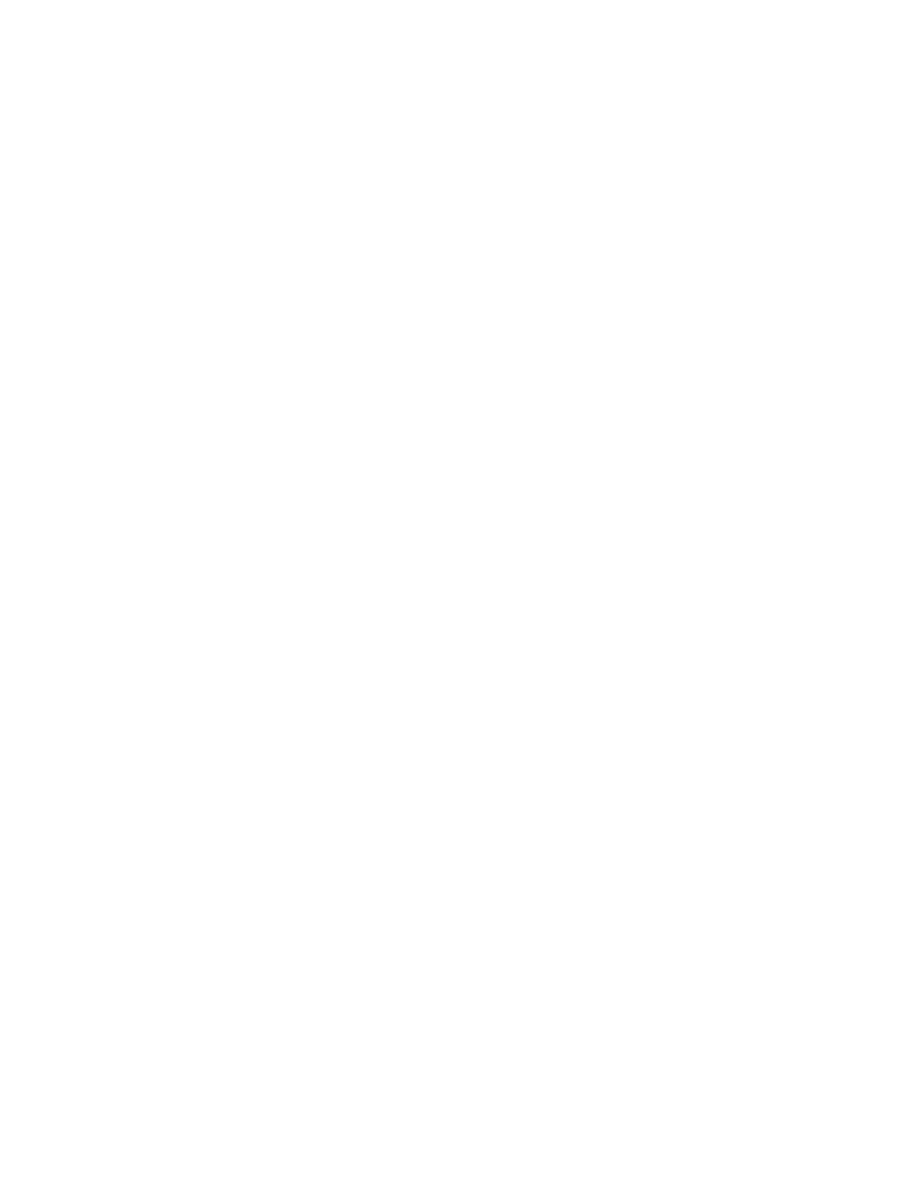
483
Federal Aviation Administration, DOT
§ 61.31
training record from an authorized in-
structor who certifies the person has
satisfactorily accomplished the ground
training. The ground training must in-
clude at least the following subjects:
(i) High-altitude aerodynamics and
meteorology;
(ii) Respiration;
(iii) Effects, symptoms, and causes of
hypoxia and any other high-altitude
sickness;
(iv) Duration of consciousness with-
out supplemental oxygen;
(v) Effects of prolonged usage of sup-
plemental oxygen;
(vi) Causes and effects of gas expan-
sion and gas bubble formation;
(vii) Preventive measures for elimi-
nating gas expansion, gas bubble for-
mation, and high-altitude sickness;
(viii) Physical phenomena and inci-
dents of decompression; and
(ix) Any other physiological aspects
of high-altitude flight.
(2) Except as provided in paragraph
(g)(3) of this section, no person may act
as pilot in command of a pressurized
aircraft unless that person has received
and logged training from an authorized
instructor in a pressurized aircraft, or
in a full flight simulator or flight
training device that is representative
of a pressurized aircraft, and obtained
an endorsement in the person’s logbook
or training record from an authorized
instructor who found the person pro-
ficient in the operation of a pressurized
aircraft. The flight training must in-
clude at least the following subjects:
(i) Normal cruise flight operations
while operating above 25,000 feet MSL;
(ii) Proper emergency procedures for
simulated rapid decompression without
actually depressurizing the aircraft;
and
(iii) Emergency descent procedures.
(3) The training and endorsement re-
quired by paragraphs (g)(1) and (g)(2) of
this section are not required if that
person can document satisfactory ac-
complishment of any of the following
in a pressurized aircraft, or in a full
flight simulator or flight training de-
vice that is representative of a pressur-
ized aircraft:
(i) Serving as pilot in command be-
fore April 15, 1991;
(ii) Completing a pilot proficiency
check for a pilot certificate or rating
before April 15, 1991;
(iii) Completing an official pilot-in-
command check conducted by the mili-
tary services of the United States; or
(iv) Completing a pilot-in-command
proficiency check under part 121, 125,
or 135 of this chapter conducted by the
Administrator or by an approved pilot
check airman.
(h)
Additional aircraft type-specific
training. No person may serve as pilot
in command of an aircraft that the Ad-
ministrator has determined requires
aircraft type-specific training unless
that person has—
(1) Received and logged type-specific
training in the aircraft, or in a full
flight simulator or flight training de-
vice that is representative of that type
of aircraft; and
(2) Received a logbook endorsement
from an authorized instructor who has
found the person proficient in the oper-
ation of the aircraft and its systems.
(i)
Additional training required for op-
erating tailwheel airplanes. (1) Except as
provided in paragraph (i)(2) of this sec-
tion, no person may act as pilot in
command of a tailwheel airplane unless
that person has received and logged
flight training from an authorized in-
structor in a tailwheel airplane and re-
ceived an endorsement in the person’s
logbook from an authorized instructor
who found the person proficient in the
operation of a tailwheel airplane. The
flight training must include at least
the following maneuvers and proce-
dures:
(i) Normal and crosswind takeoffs
and landings;
(ii) Wheel landings (unless the manu-
facturer has recommended against such
landings); and
(iii) Go-around procedures.
(2) The training and endorsement re-
quired by paragraph (i)(1) of this sec-
tion is not required if the person logged
pilot-in-command time in a tailwheel
airplane before April 15, 1991.
(j)
Additional training required for op-
erating a glider. (1) No person may act
as pilot in command of a glider—
(i) Using ground-tow procedures, un-
less that person has satisfactorily ac-
complished ground and flight training
VerDate Sep<11>2014
14:00 Mar 14, 2024
Jkt 262047
PO 00000
Frm 00493
Fmt 8010
Sfmt 8002
Q:\14\14V2.TXT
PC31
aworley on LAPBH6H6L3 with DISTILLER
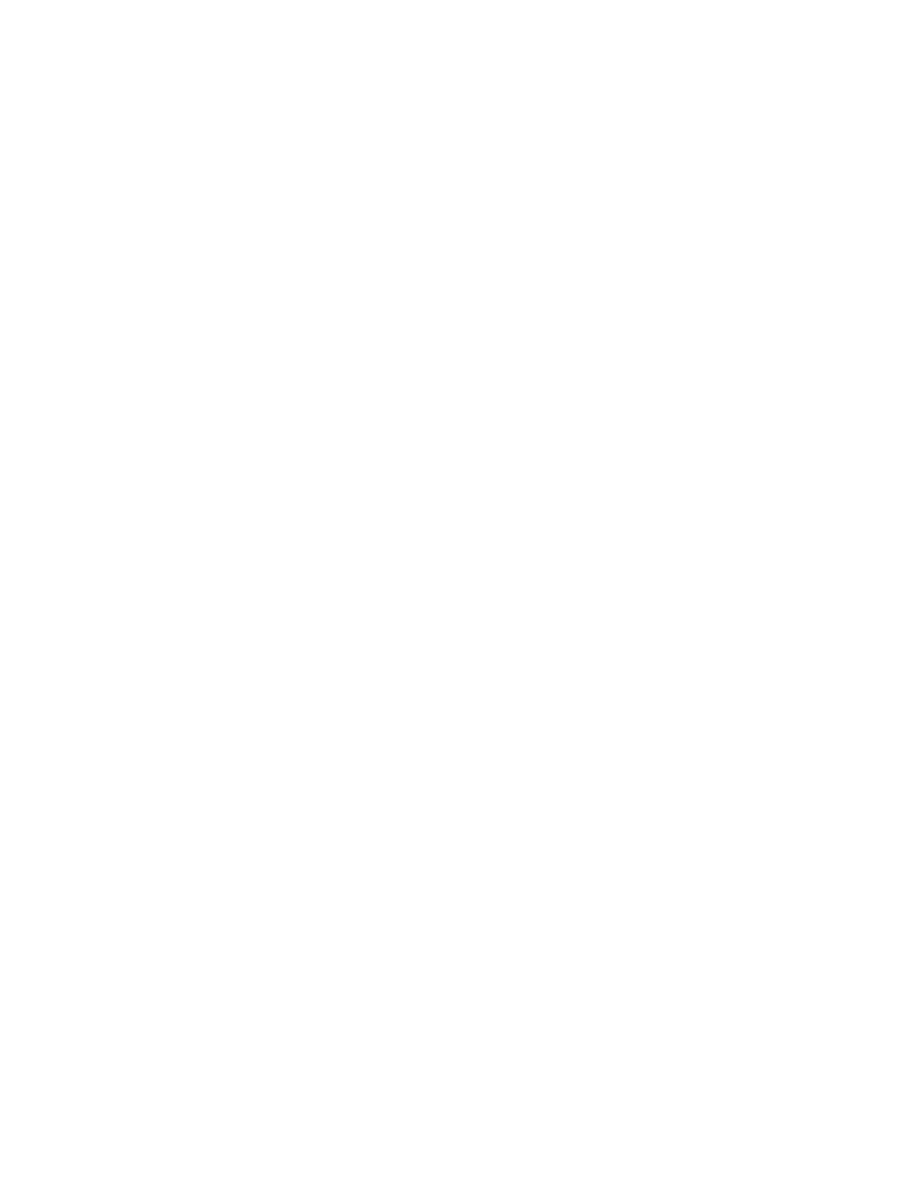
484
14 CFR Ch. I (1–1–24 Edition)
§ 61.31
on ground-tow procedures and oper-
ations, and has received an endorse-
ment from an authorized instructor
who certifies in that pilot’s logbook
that the pilot has been found proficient
in ground-tow procedures and oper-
ations;
(ii) Using aerotow procedures, unless
that person has satisfactorily accom-
plished ground and flight training on
aerotow procedures and operations, and
has received an endorsement from an
authorized instructor who certifies in
that pilot’s logbook that the pilot has
been found proficient in aerotow proce-
dures and operations; or
(iii) Using self-launch procedures, un-
less that person has satisfactorily ac-
complished ground and flight training
on self-launch procedures and oper-
ations, and has received an endorse-
ment from an authorized instructor
who certifies in that pilot’s logbook
that the pilot has been found proficient
in self-launch procedures and oper-
ations.
(2) The holder of a glider rating
issued prior to August 4, 1997, is consid-
ered to be in compliance with the
training and logbook endorsement re-
quirements of this paragraph for the
specific operating privilege for which
the holder is already qualified.
(k)
Additional training required for
night vision goggle operations. (1) Except
as provided under paragraph (k)(3) of
this section, a person may act as pilot
in command of an aircraft using night
vision goggles only if that person re-
ceives and logs ground training from
an authorized instructor and obtains a
logbook or training record endorse-
ment from an authorized instructor
who certifies the person completed the
ground training. The ground training
must include the following subjects:
(i) Applicable portions of this chapter
that relate to night vision goggle limi-
tations and flight operations;
(ii) Aeromedical factors related to
the use of night vision goggles, includ-
ing how to protect night vision, how
the eyes adapt to night, self-imposed
stresses that affect night vision, effects
of lighting on night vision, cues used to
estimate distance and depth perception
at night, and visual illusions;
(iii) Normal, abnormal, and emer-
gency operations of night vision goggle
equipment;
(iv) Night vision goggle performance
and scene interpretation; and
(v) Night vision goggle operation
flight planning, including night terrain
interpretation and factors affecting
terrain interpretation.
(2) Except as provided under para-
graph (k)(3) of this section, a person
may act as pilot in command of an air-
craft using night vision goggles only if
that person receives and logs flight
training from an authorized instructor
and obtains a logbook or training
record endorsement from an authorized
instructor who found the person pro-
ficient in the use of night vision gog-
gles. The flight training must include
the following tasks:
(i) Preflight and use of internal and
external aircraft lighting systems for
night vision goggle operations;
(ii) Preflight preparation of night vi-
sion goggles for night vision goggle op-
erations;
(iii) Proper piloting techniques when
using night vision goggles during the
takeoff, climb, enroute, descent, and
landing phases of flight; and
(iv) Normal, abnormal, and emer-
gency flight operations using night vi-
sion goggles.
(3) The requirements under para-
graphs (k)(1) and (2) of this section do
not apply if a person can document sat-
isfactory completion of any of the fol-
lowing pilot proficiency checks using
night vision goggles in an aircraft:
(i) A pilot proficiency check on night
vision goggle operations conducted by
the U.S. Armed Forces.
(ii) A pilot proficiency check on
night vision goggle operations under
part 135 of this chapter conducted by
an Examiner or Check Airman.
(iii) A pilot proficiency check on
night vision goggle operations con-
ducted by a night vision goggle manu-
facturer or authorized instructor, when
the pilot—
(A) Is employed by a Federal, State,
county, or municipal law enforcement
agency; and
(B) Has logged at least 20 hours as
pilot in command in night vision gog-
gle operations.
VerDate Sep<11>2014
14:00 Mar 14, 2024
Jkt 262047
PO 00000
Frm 00494
Fmt 8010
Sfmt 8002
Q:\14\14V2.TXT
PC31
aworley on LAPBH6H6L3 with DISTILLER
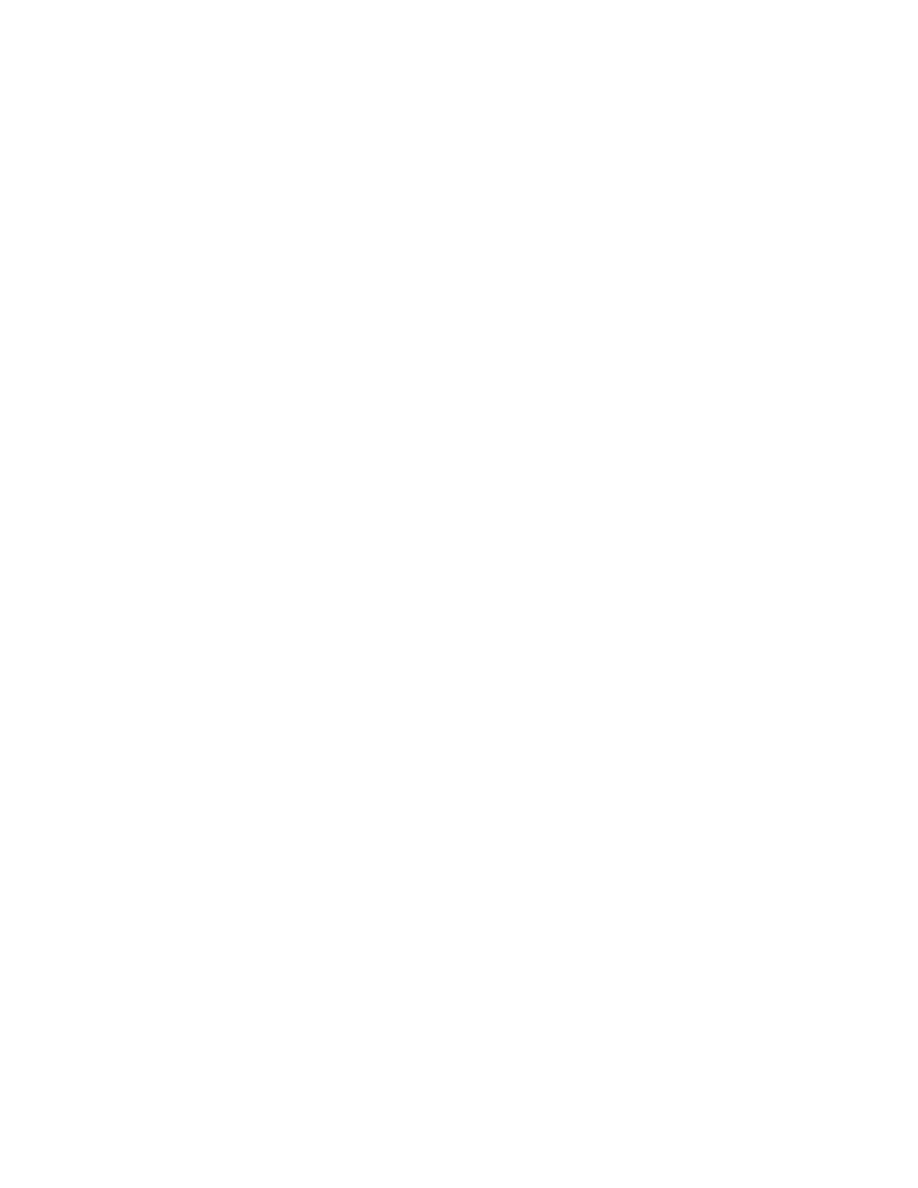
485
Federal Aviation Administration, DOT
§ 61.37
(l)
Exceptions. (1) This section does
not require a category and class rating
for aircraft not type-certificated as air-
planes, rotorcraft, gliders, lighter-
than-air aircraft, powered-lifts, pow-
ered parachutes, or weight-shift-con-
trol aircraft.
(2) The rating limitations of this sec-
tion do not apply to—
(i) An applicant when taking a prac-
tical test given by an examiner;
(ii) The holder of a student pilot cer-
tificate;
(iii) The holder of a pilot certificate
when operating an aircraft under the
authority of—
(A) A provisional type certificate; or
(B) An experimental certificate, un-
less the operation involves carrying a
passenger;
(iv) The holder of a pilot certificate
with a lighter-than-air category rating
when operating a balloon;
(v) The holder of a recreational pilot
certificate operating under the provi-
sions of § 61.101(h); or
(vi) The holder of a sport pilot cer-
tificate when operating a light-sport
aircraft.
[Doc. No. 25910, 62 FR 40896, July 30, 1997, as
amended by Amdt. 61–104, 63 FR 20286, Apr.
23, 1998; Amdt. 61–110, 69 FR 44865, July 27,
2004; Amdt. 61–124, 74 FR 42548, Aug. 21, 2009;
Amdt. 61–128, 76 FR 54105, Aug. 31, 2011;
Amdt. 61–142, 83 FR 30276, June 27, 2018]
§ 61.33
Tests: General procedure.
Tests prescribed by or under this part
are given at times and places, and by
persons designated by the Adminis-
trator.
§ 61.35
Knowledge test: Prerequisites
and passing grades.
(a) An applicant for a knowledge test
must have:
(1) Received an endorsement, if re-
quired by this part, from an authorized
instructor certifying that the applicant
accomplished the appropriate ground-
training or a home-study course re-
quired by this part for the certificate
or rating sought and is prepared for the
knowledge test;
(2) For the knowledge test for an air-
line transport pilot certificate with an
airplane category multiengine class
rating, a graduation certificate for the
airline transport pilot certification
training program specified in § 61.156;
and
(3) Proper identification at the time
of application that contains the appli-
cant’s—
(i) Photograph;
(ii) Signature;
(iii) Date of birth, which shows:
(A) For issuance of certificates other
than the ATP certificate with an air-
plane category multiengine class rat-
ing, the applicant meets or will meet
the age requirements of this part for
the certificate sought before the expi-
ration date of the airman knowledge
test report; and
(B) For issuance of an ATP certifi-
cate with an airplane category multi-
engine class rating obtained under the
aeronautical experience requirements
of § 61.159 or § 61.160, the applicant is at
least 18 years of age at the time of the
knowledge test;
(iv) If the permanent mailing address
is a post office box number, then the
applicant must provide a current resi-
dential address.
(b) The Administrator shall specify
the minimum passing grade for the
knowledge test.
[Doc. No. 25910, 62 FR 16298, Apr. 4, 1997, as
amended by Amdt. 61–104, 63 FR 20286, Apr.
23, 1998; Amdt. 61–124, 74 FR 42548, Aug. 21,
2009; Amdt. 61–130, 78 FR 42373, July 15, 2013;
Amdt. 61–130B, 78 FR 77573, Dec. 24, 2013;
Amdt. 61–149, 86 FR 62087, Nov. 9, 2021]
§ 61.37
Knowledge tests: Cheating or
other unauthorized conduct.
(a) An applicant for a knowledge test
may not:
(1) Copy or intentionally remove any
knowledge test;
(2) Give to another applicant or re-
ceive from another applicant any part
or copy of a knowledge test;
(3) Give assistance on, or receive as-
sistance on, a knowledge test during
the period that test is being given;
(4) Take any part of a knowledge test
on behalf of another person;
(5) Be represented by, or represent,
another person for a knowledge test;
(6) Use any material or aid during the
period that the test is being given, un-
less specifically authorized to do so by
the Administrator; and
VerDate Sep<11>2014
14:00 Mar 14, 2024
Jkt 262047
PO 00000
Frm 00495
Fmt 8010
Sfmt 8002
Q:\14\14V2.TXT
PC31
aworley on LAPBH6H6L3 with DISTILLER




